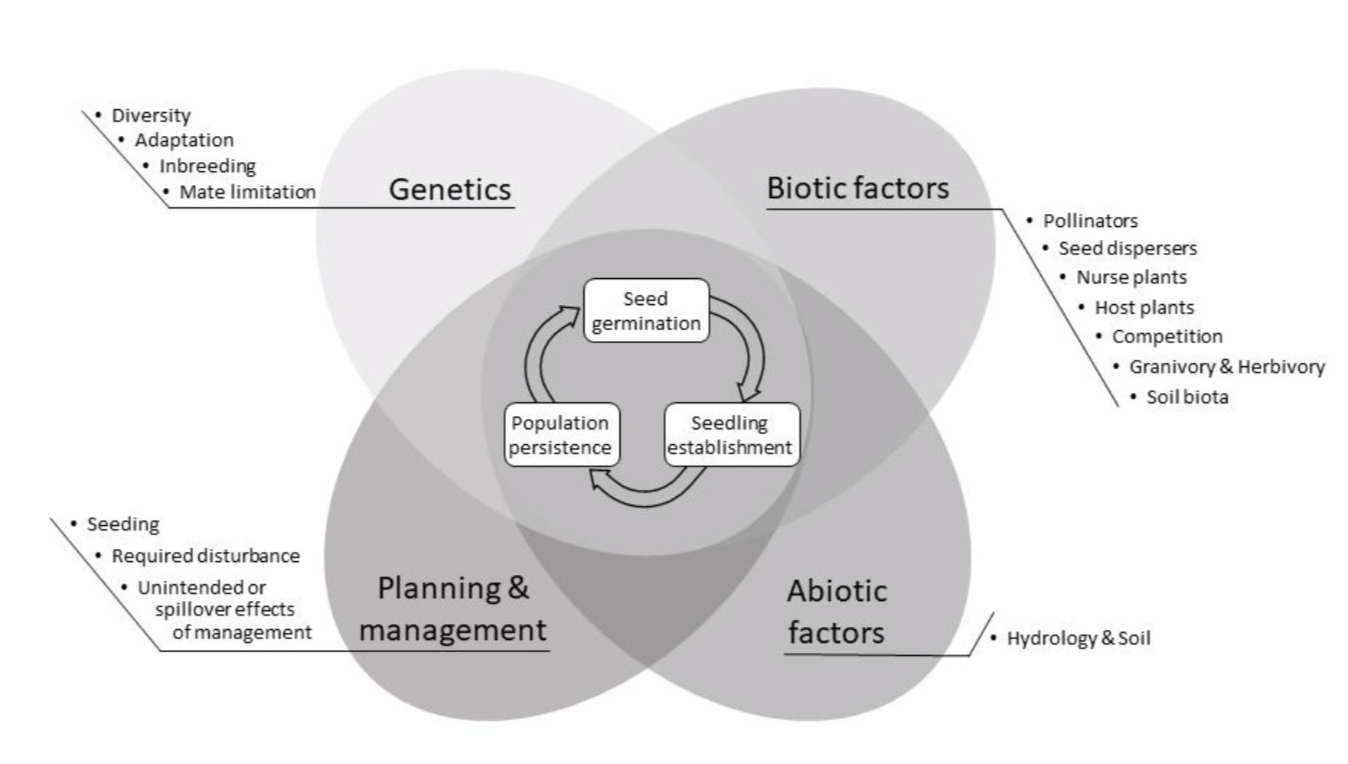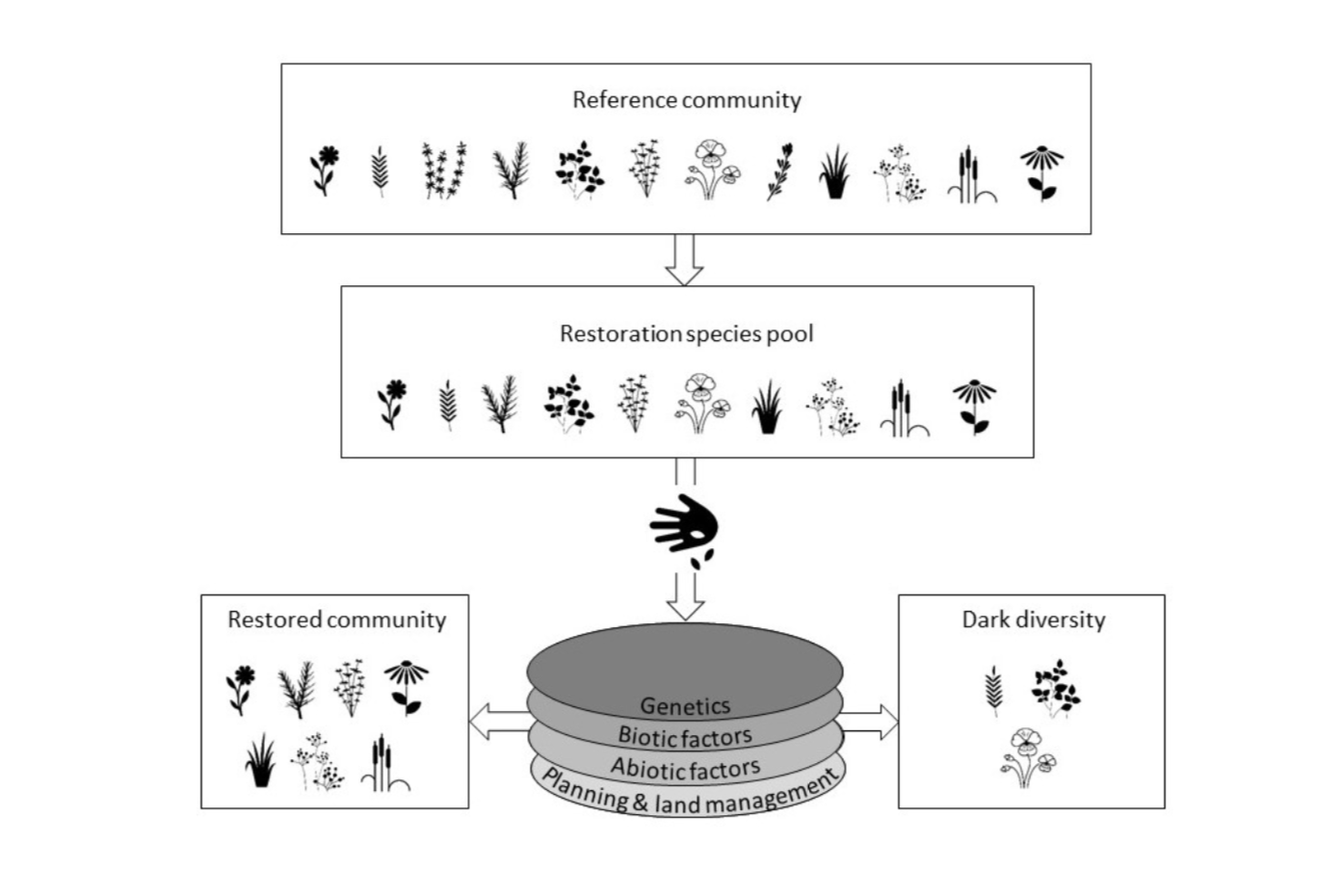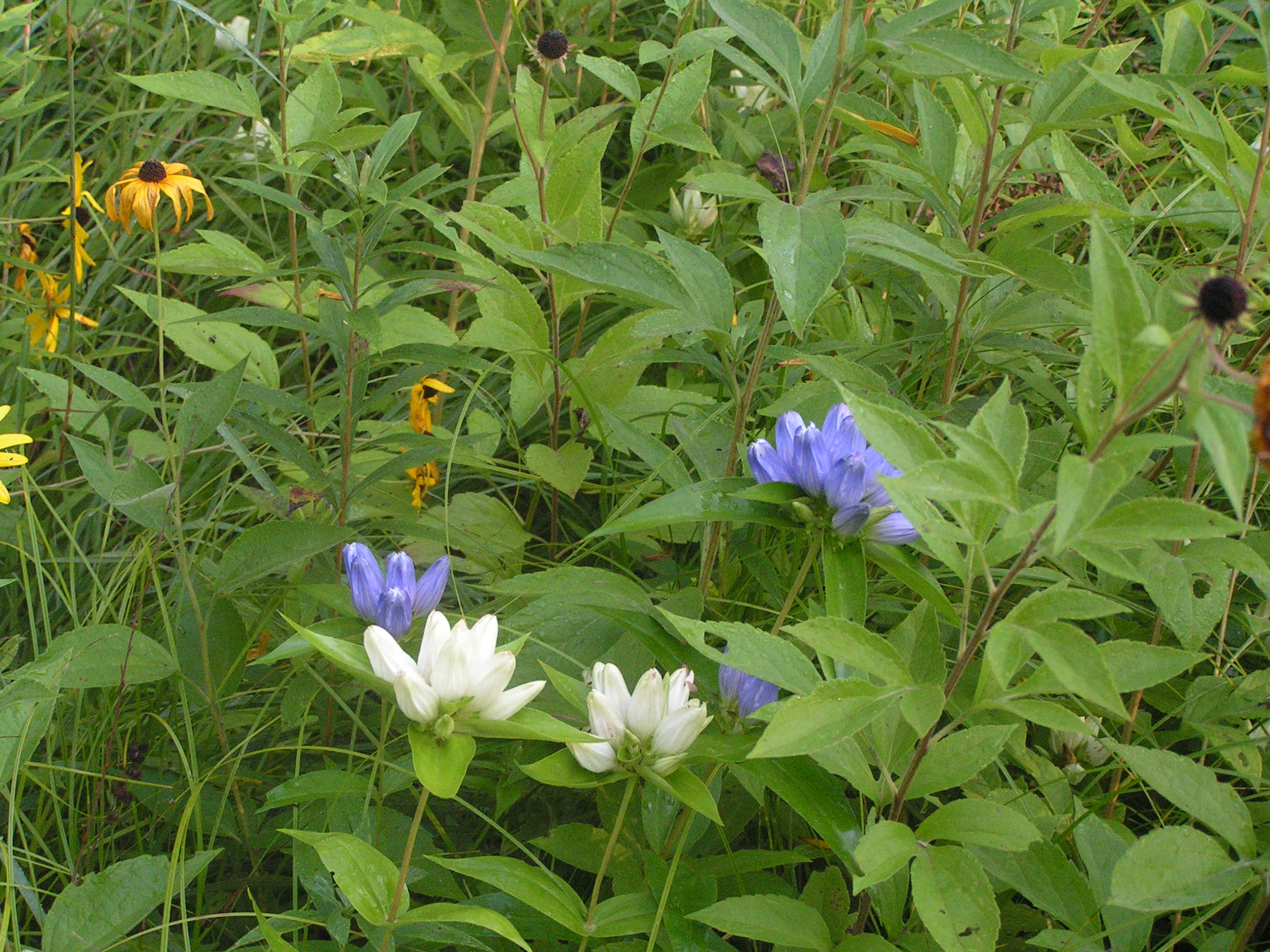-
- Understory Vegetation Responses to Rapid Canopy Loss
- Range-wide Analysis of Pitcher’s Thistle
- Integrating Trait Seedling Data Into Restoration Efforts
- Broadening Restoration Through Integrating Varied Perspectives and Underused Techniques
- Why Are Some Plant Species Missing from Restorations?
- Phenological Responses to Climate Change




